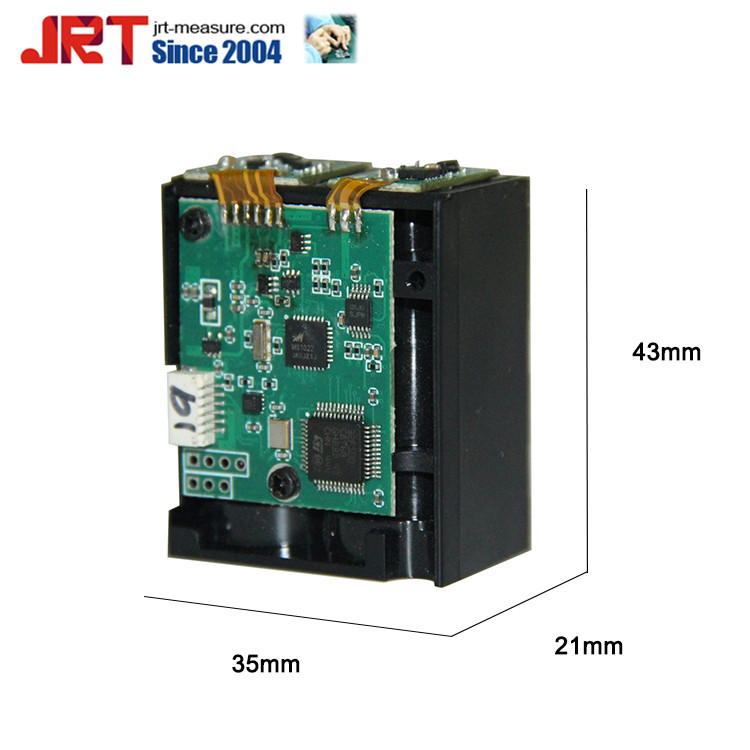Starting in late March of each year, the main peanut producing areas in our province will gradually enter the seeding period of mulching spring peanuts. In recent years, the problem of black shells and rotten seeds caused by heavy pods in peanuts has continued to occur in large areas in these areas, and has become more and more serious. Generally, it will result in a reduction of production by more than 30%. Economic loss.
First of all, we need to have a full understanding of peanut black shell disease. Peanut black shell disease refers to the appearance of black, brown and rot in peanut pods. It is a common and difficult disease in peanut production. The phenomenon of black shells only occurred on groundnut peanuts and the plants on the shoots did not show any performance. Farmers only discovered peanuts when they were harvested, and it was often too late. Since most of them occur in the rainy season from the end of July to the end of August, the peanuts have been fully ridged and the pesticides cannot be sprayed or irrigated to the affected parts. Therefore, the effect of chemical control is poor. Because the black shell disease of peanut is caused by many kinds of diseases, many research departments have isolated the pathogens that cause them. They think that Fusarium is the main type (fertility), and it has a certain correlation with soil quality, rainwater, drought, and harvest. The conventional farmland management measures are difficult to achieve good control effects. To date, no effective comprehensive prevention and control technology has been identified.
The application of microbial fertilizer has made a new breakthrough in the prevention and control of peanut black shell disease. It can play a role in improving soil physical and chemical properties, increasing crop yield, improving the quality taste of agricultural products, reducing crop pests and diseases, and reducing crop chemical fertilizer usage. The application of microbiological fertilizers to the prevention and control of peanut black shell disease, and adopt comprehensive prevention and control measures, combined with high-yield cultivation techniques, starting from the key factors such as improving the soil environment, maintaining water and fertilizer, preventing bacteria, strengthening resistance, supplementing trace elements, etc. It is possible to establish a comprehensive prevention and control system for the death of peanuts and black shell disease.
In order to effectively control the occurrence and spread of the disease, in 2013, the plant protection and phytosanitary station of Hebei Province took the lead, and Daming, Xinle, Yuxian and other major peanut plantation county plant protection stations cooperated to make reference to domestic and international prevention and control experience for peanut black shell disease. A series of biotechnology control experiments have achieved satisfactory experimental results. Among them, there are 3 kinds of biological bacterial fertilizer combined with a good control of black shell disease and peanut production increase effect:
1. Biofertilizer at the end of application, biological bacterial coating and seed dressing. Before planting, the first generation of Yishengyuan second-generation fungus fertilizer is 10kg/mu. Then it will be coated with Trichoderma spp. + Gao Qiao (Termella + 30 per 30g). Seeds of 15 ml of peanut seeds are sown in milliliters.
2. Tai Shi Tai Ping Fei, seeds with high-Qiao coating before the end of planting Taiping Fei, and then the normal sowing, peanut seeds with high-Qiao coating, every 30 kg of seeds with 30 ml Gao Qiao +40 grams Yi micro-coated, dried You can sow.
3. At the end of the second generation of trace element soil remediation agent at the end of the golden turtle, the golden turtle second-generation fungus fertilizer is applied at 25 kg/mu, and then sown normally.
After applying the above bacterial fertilizer preparations, peanuts showed a good growth potential from the seedling stage and the leaves were dark green; the results of the survey at the peanut harvest period showed that the application of bacterial fertilizer significantly reduced the incidence of black shell disease. And the peanut production has played a more significant role in the increase.
It should be noted that the application of biological bacterial fertilizer only lays a good foundation for the whole growth period of peanuts, and production also needs to cooperate with scientific and effective cultivation and management measures.
1000Hz High Frequency LiDAR System
JRT High Frequency Range LiDAR Sensor is 2021 new product, that's a low-cost tof sensor but High frequency (up to 1000Hz). With 5cm high accuracy, the LiDAR Module can measure 80m.
Why the 1000Hz High Frequency LiDAR System:
* Widely used in many industrial automation system, like, UAV, delivery van, anti-lock break system, construction automation,intelligent toy robots etc.
* Small size: 43*35*21mm, can be easily integrated
* Invisible laser design: the laser type is 905nm,Class I
* High Frequency: 1000hz/1khz
* Low power design

Chengdu JRT Main Ranging Modules: Industrial Laser Distance Sensor, Laser Distance Meter Module, Tof LiDAR Sensor.
lidar sensor,tof sensor,lidar system
Chengdu JRT Meter Technology Co., Ltd , https://www.rangesensors.com